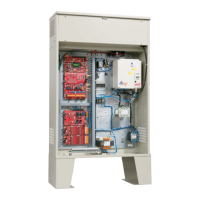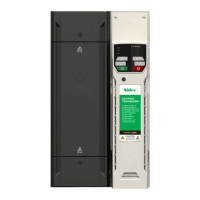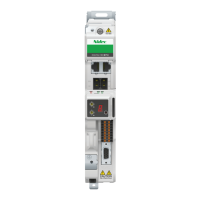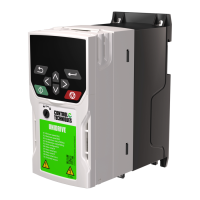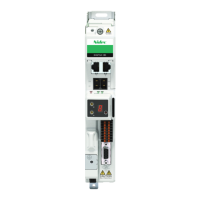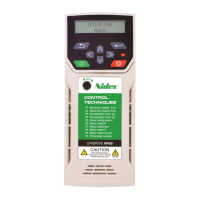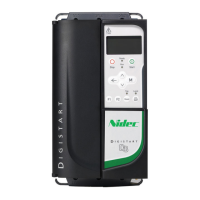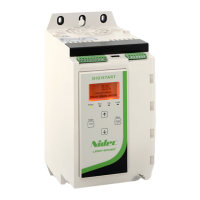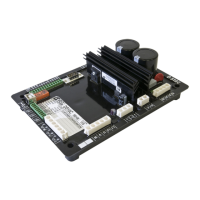Troubleshooting Reference
Manual # 42-02-1P28 A3 4-3
Troubleshooting Reference
Always observe safety precautions when troubleshooting. Lethal voltages are present.
This section includes:
• Bus voltage testpoints and fuse locations
• Touch screen tools
• Circuit board descriptions
• Fault Message Descriptions
System I/O
At this level, inputs and outputs are grouped separately and alphabetically with no deference to
their function.
• Inputs and Outputs: Indicators reflect activation of that physical input or output. When
the board LED is lighted, the indicator will also be lighted.
• System Inputs: Dedicated (non-programmable) input status indicators
• System Outputs: Dedicated (non-programmable) output status indicators
• Programmed Inputs: Programmable input status indicators
• Programmed Outputs: Programmable output status indicators
• Front CPI I/O status: CPI board’s I/O flags
• Rear CPI I/O status: CPI board’s I/O flags
1. If an input is not in the proper state, troubleshoot the connection and the source.
2. If an output is in the proper state but the system is not reacting accordingly, trouble-
shoot the connection and the destination equipment.
3. If an output is not in the proper state, check the job prints to see what inputs or internal
flags must be asserted in order to enable the output.
• Troubleshoot associated inputs in System I/O or System Diagnostics
• Troubleshoot internal flags according to their origination (i.e., Car diagnostics, Motion
diagnostics, Group diagnostics, PLD diagnostics)
System Diagnostics
At this level, inputs and outputs are gathered into sets according to the system they affect; i.e.,
their collective function. (See troubleshooting steps above.)
• Door Control: Indicators for door related inputs and outputs.
• Landing System: Indicators for landing system related inputs and outputs.
• Event Log: Time stamped entries for system events and faults.
• Diagnostics Tree: Indicators on this screen must be ON in order for the related function to
succeed. Some indicators are single; some (+) expand to a list when selected. If the system
is not doing what it is supposed to, an unlighted indicator points you to the problem.
• Active Events: Displays currently active faults and events.
This screen can also be accessed by touching Mode of Operation box on the Home screen.
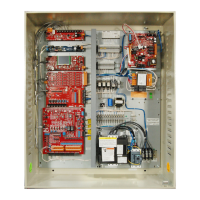
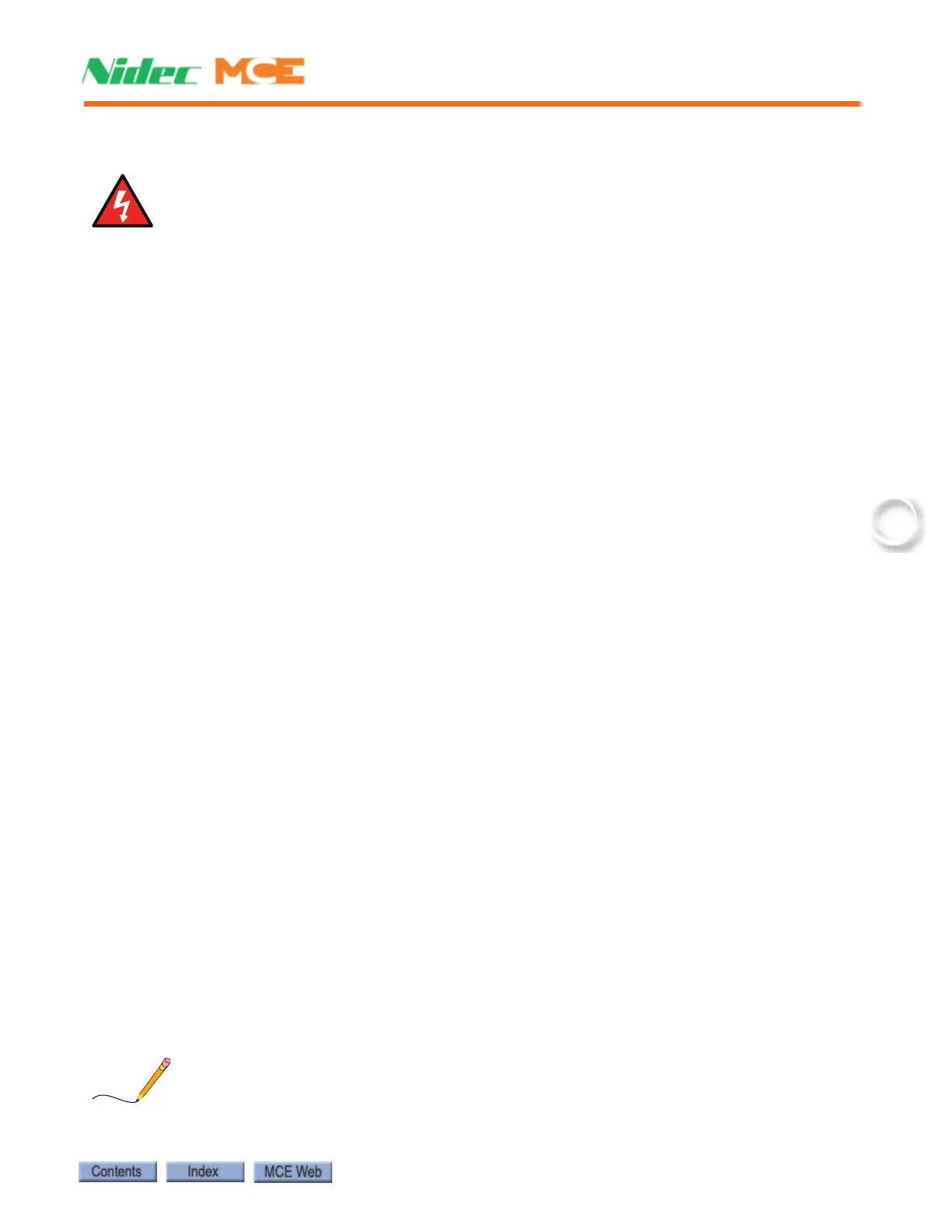